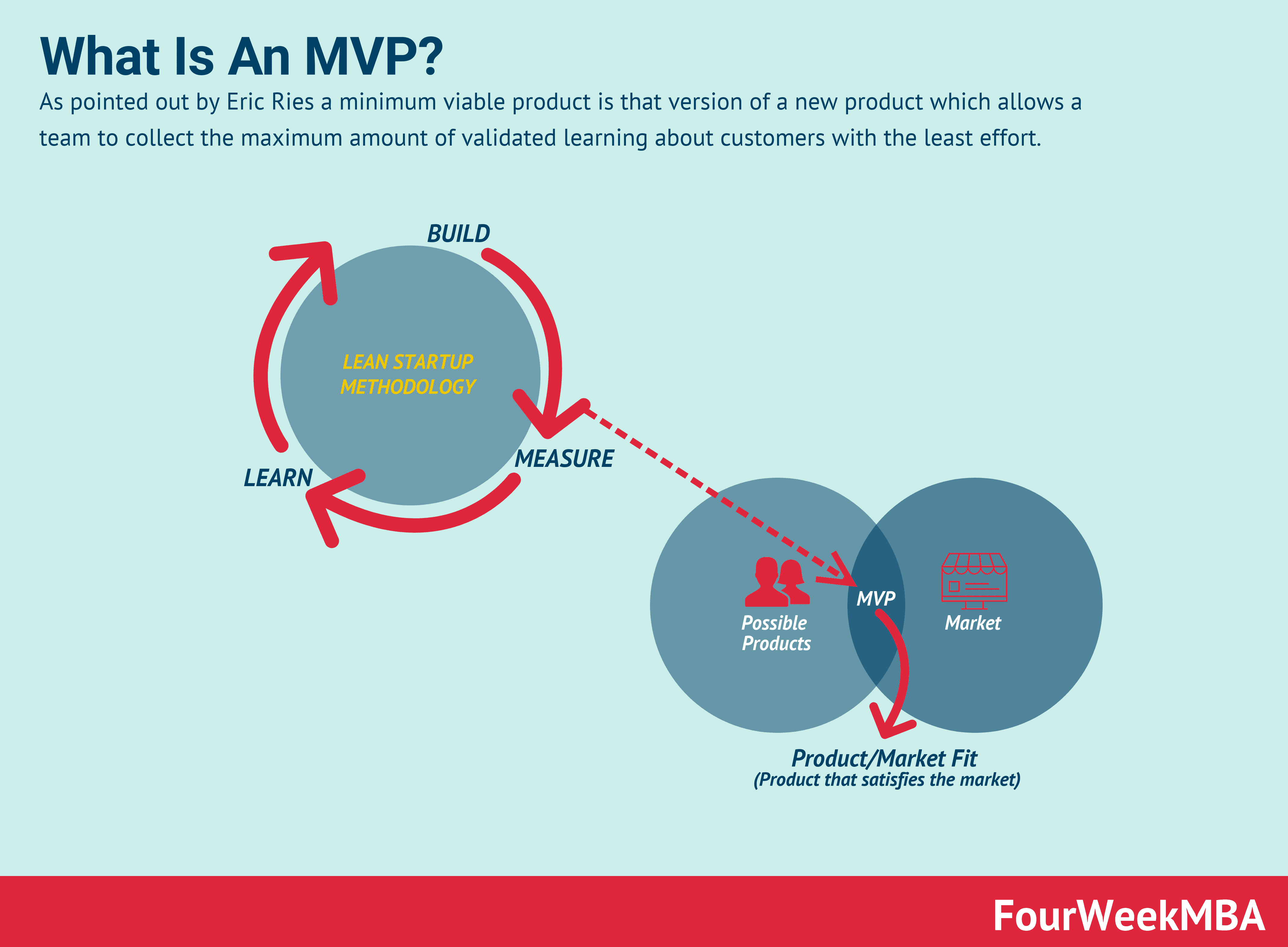A Minimum Viable Product is a prototype with the key features that your business needs to get going. It enables you to gather customer feedback and improve your product.
It can save you valuable time, effort and resources. You can also avoid the risk of wasting money on an unprofitable product.
1. Create a Minimum Viable Product
A Minimum Viable Product consists of only the core features that are essential to a functional final product. This reduces development time and costs. It also helps teams hyper-focus on those key features, leading to higher-quality results and a better user experience.
It’s not unusual for a team to become obsessed with adding new features to their software, but more isn’t always better. In fact, adding too many features can make a product less usable and even increase the risk of failure.
Creating a minimal viable product is one of the most effective ways to test if a new product will meet market need. This approach allows teams to quickly build, measure, and learn from customer feedback, increasing the chance of a successful launch.
Building a full-fledged product without testing the market is risky, and the loss of time, money, and effort can be significant. This is why it’s so important to build an MVP to ensure that your product will meet a real need.
2. Create a Minimum Viable Marketing Strategy
The key to a successful launch is knowing how to position and market the product. This requires understanding who the target audience is and conveying that information in a way that reaches them. This is especially important in a time where social media is one of the primary avenues for potential customers to discover new products.
An MVP can be an excellent tool to test the viability of a business model or product idea before spending money on developing a fully featured solution. This approach allows businesses to avoid building products that customers do not want and maximize learning through customer feedback and usage metrics.
One example of a successful Minimum Viable Product is Dropbox, which began with a basic file-sharing feature and a referral program. The company then added features as it learned from customer feedback and usage data. In addition, the company has adopted a method known as the “dark launch,” which involves slowly rolling out a new product feature to users without them being aware of it.
3. Create a Minimum Viable Sales Strategy
The MVP approach is ideal for businesses that need to get a product to market quickly and efficiently. This method allows companies to validate their product idea and gather feedback from customers before investing a lot of time or money in developing the full version.
This model also helps companies avoid spending time and money on features that may not be necessary for the target audience. It is important to always keep the end user in mind and build a product that will be beneficial to them. This will make it easier to attract and retain customers, which is essential for business growth and long-term success.
A great example of an MVP is Airbnb, which started by renting out the founders’ own apartments to people looking for a place to stay. This proved to be a smart way to draw interest in the company and generate revenue. The business model eventually evolved into a successful and profitable online marketplace for homes and offices.
4. Create a Minimum Viable Customer Support Strategy
It is easy to get caught up in ideas of what a perfect product should look like and forget about the problems it should solve. This is what MVP development prevents, by ensuring that every hour of development time and dollar of budget are spent on building a product people actually need.
For example, when Dropbox founder Drew Houston developed the product, he knew that he wanted to build a cloud storage service that was secure and user-friendly. But he also had to ensure that his business model was viable. This is why he launched his first MVP with a simple file-sharing feature, which proved to be sufficient to attract early adopters and validate his product idea.
Another great way to test a product is to use a dark launch, which involves releasing new features to a small number of users who are not aware that they are testers. This method allows you to track user behaviour in real-time and decide whether a feature is worth deploying for the whole audience.









































